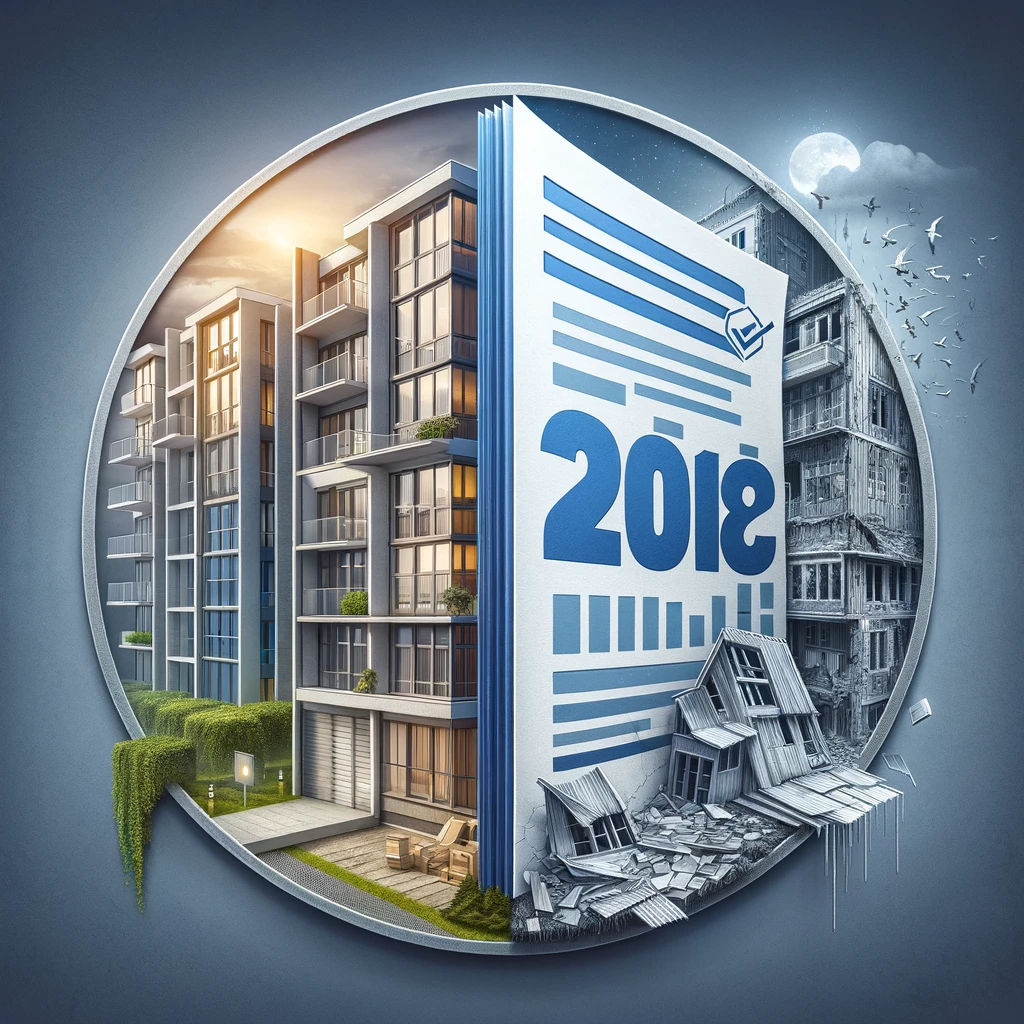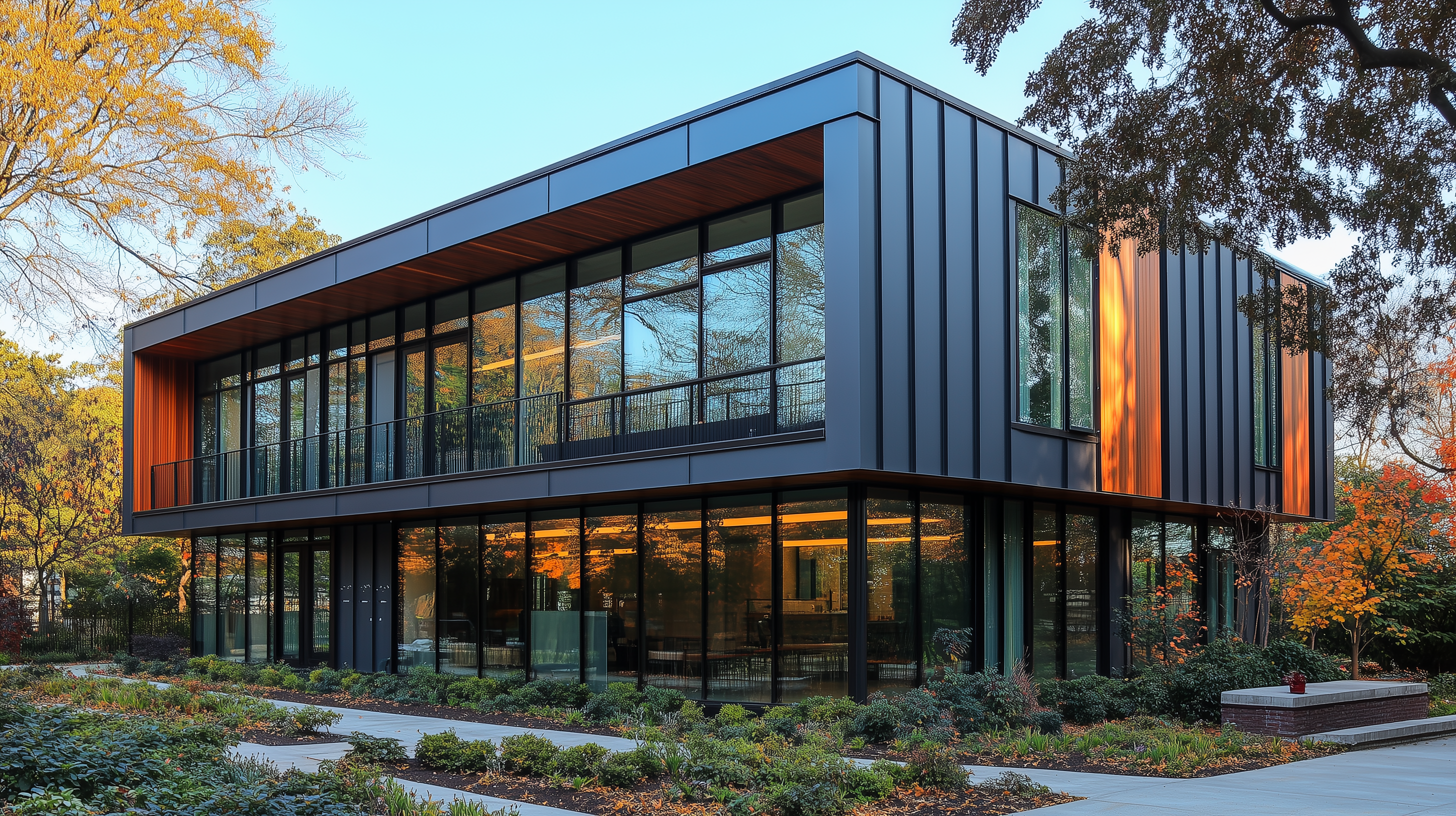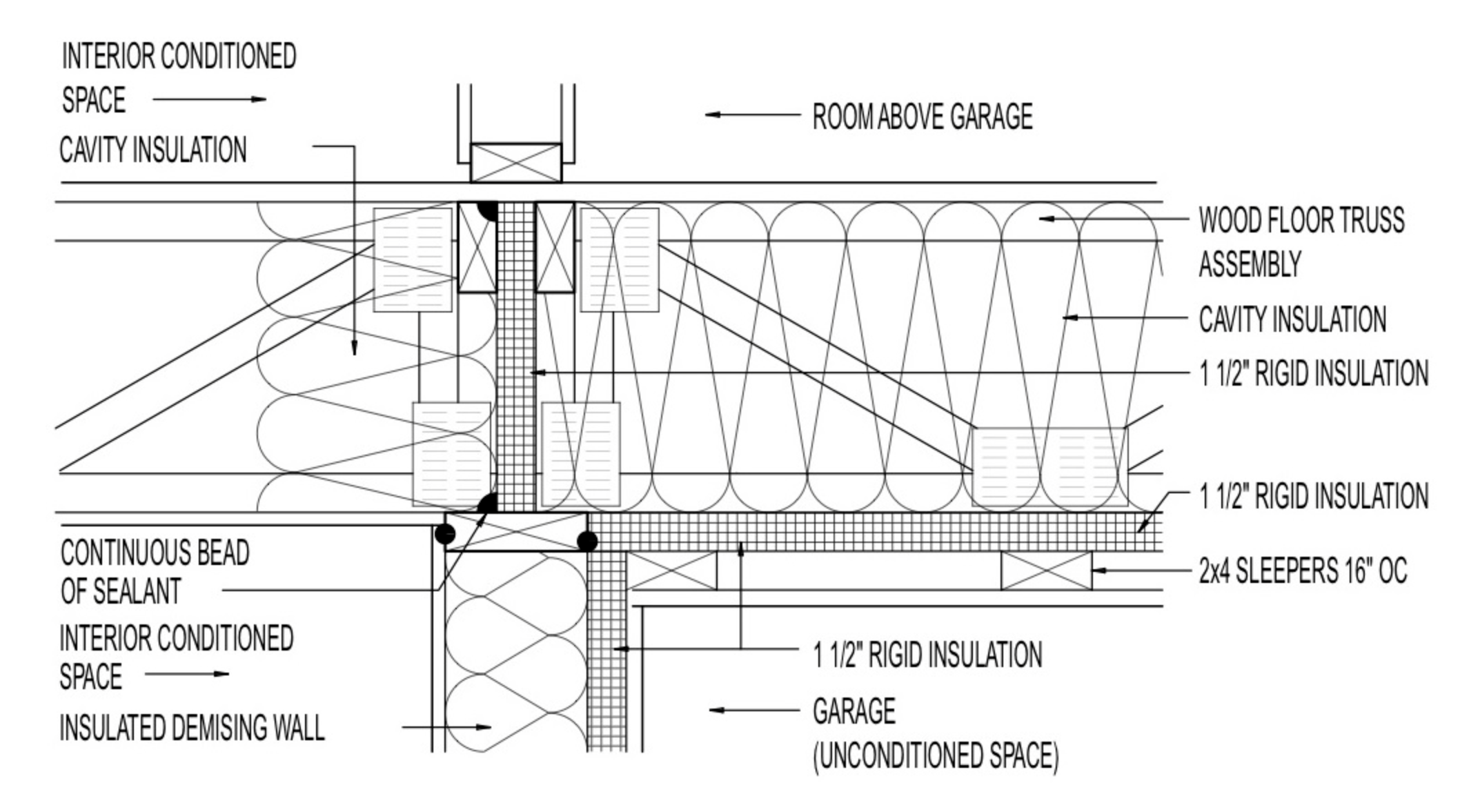The International Property Maintenance Code (IPMC) 2018 is a regulatory framework designed to ensure the maintenance of existing buildings and properties, promoting the health, safety, and welfare of their occupants and the surrounding communities. Within the IPMC, Section 202 is dedicated to defining key terms, setting a foundation for clear understanding and consistent interpretation of the code’s provisions.
Summary of Definitions
1. ANCHORED: Secured in a manner that provides a positive connection. It pertains to ensuring that certain elements, such as exterior walls and flooring, are safely connected.
2. APPROVED: Acceptable to the code official. This relates to the acceptance of building installations and materials, and the ultimate authority lies with the enforcing authority.
3. BASEMENT: That portion of a building partly or entirely below the ground level.
4. BATHROOM: A room containing plumbing fixtures, particularly a bathtub or shower. It is designed for personal hygiene and may contain other fixtures for bodily cleansing.
5. BEDROOM: A space used or intended for sleeping. It typically contains a bed and storage furniture but may also have dual-purpose furniture.
6. CODE OFFICIAL: The official responsible for the administration and enforcement of the code.
7. CONDEMN: To declare a structure unfit for occupancy. Condemnations occur due to severe code violations that pose significant threats to safety.
8. COST OF DEMOLITION OR EMERGENCY REPAIRS: Refers to the expenses involved in demolition or repair of a structure. It encompasses a wide range of costs, from asbestos survey to attorney fees.
9. DETACHED: When a structural element is disconnected from another where the connection is essential.
10. DETERIORATION: The weakening or decay of a structural material.
11. DWELLING UNIT: A unit with facilities for living, sleeping, eating, cooking, and sanitation.
12. EASEMENT: A portion of land reserved for use by someone other than the owner. It allows access to utilities or otherwise inaccessible properties.
13. EQUIPMENT SUPPORT: Structural members that transmit load between the equipment and the structure.
14. EXTERIOR PROPERTY: The open space on the premises and adjoining property under the control of the property’s owners or operators.
15. GARBAGE: Waste resulting from food handling, preparation, and consumption.
16. GUARD: A component near open sides of elevated walking surfaces to minimize the risk of falls.
17. HABITABLE SPACE: Space in a structure used for living, sleeping, eating, or cooking.
18. HISTORIC BUILDING: A building listed or recognized for its historic significance by appropriate authorities.
19. HOUSEKEEPING UNIT: A habitable space without provisions for sanitation or cooking.
20. IMMINENT DANGER: A condition posing a life-threatening risk.
21. INFESTATION: The presence of pests within or near a structure.
22. INOPERABLE MOTOR VEHICLE: A vehicle that cannot be driven due to various reasons.
23. LABELED: Products or materials that have been certified by a nationally recognized testing lab or approved agency.
24. LET FOR OCCUPANCY: To offer a property for occupancy, either through leasing, agreement, or sale.
25. NEGLECT: The absence of proper maintenance for a building.
26. OCCUPANCY: The purpose for which a building or a portion of it is used or occupied.
27. OCCUPANT: Any individual residing or possessing space within a building.
28. OPERATOR: A person in charge of a structure that is let or offered for occupancy.
29. OWNER: The individual or entity having legal or equitable interest in the property.
30. PERSON: An individual, corporation, partnership, or any group acting as a unit.
31. PREMISES: A piece of land, including any structures on it.
32. PUBLIC WAY: A parcel of land open to the outside air, dedicated for public use.
33. ROOMING HOUSE: A building occupied for lodging.
34. ROOMING UNIT: A habitable space occupied for sleeping or living, but not cooking.
35. RUBBISH: Waste materials, both combustible and non-combustible, excluding garbage.
36. SLEEPING UNIT: A space for sleeping that may have facilities for living and eating.
37. STRICT LIABILITY OFFENSE: An offense where criminal intent doesn’t need to be proven.
38. STRUCTURE: Anything that is built or constructed.
39. TENANT: An individual or entity occupying a building or a portion of it.
40. TOILET ROOM: A room containing facilities for waste elimination.
41. ULTIMATE DEFORMATION: Deformation at which failure occurs.
42. VENTILATION: The process of supplying or removing air to or from any space.
43. WORKMANLIKE: Work executed in a skilled manner, meeting quality standards.
44. YARD: An open space on the same lot as a structure.
These definitions are crucial in understanding the standards and guidelines laid out in the code, ensuring that properties are maintained to an acceptable level of safety and habitability.
For more personalized guidance, consult with engineers and local building codes specific to your location. For immediate service or consultation, you may contact us at Allied Emergency Services, INC.
Contact Information:
- Phone: 1-800-792-0212
- Email: Info@AlliedEmergencyServices.com
- Location: Serving Illinois, Wisconsin, and Indiana with a focus on the greater Chicago area.
If you require immediate assistance or have specific questions, our human support is readily available to help you.
Disclaimer: This article is intended for informational purposes only. For professional advice, consult experts in the field










